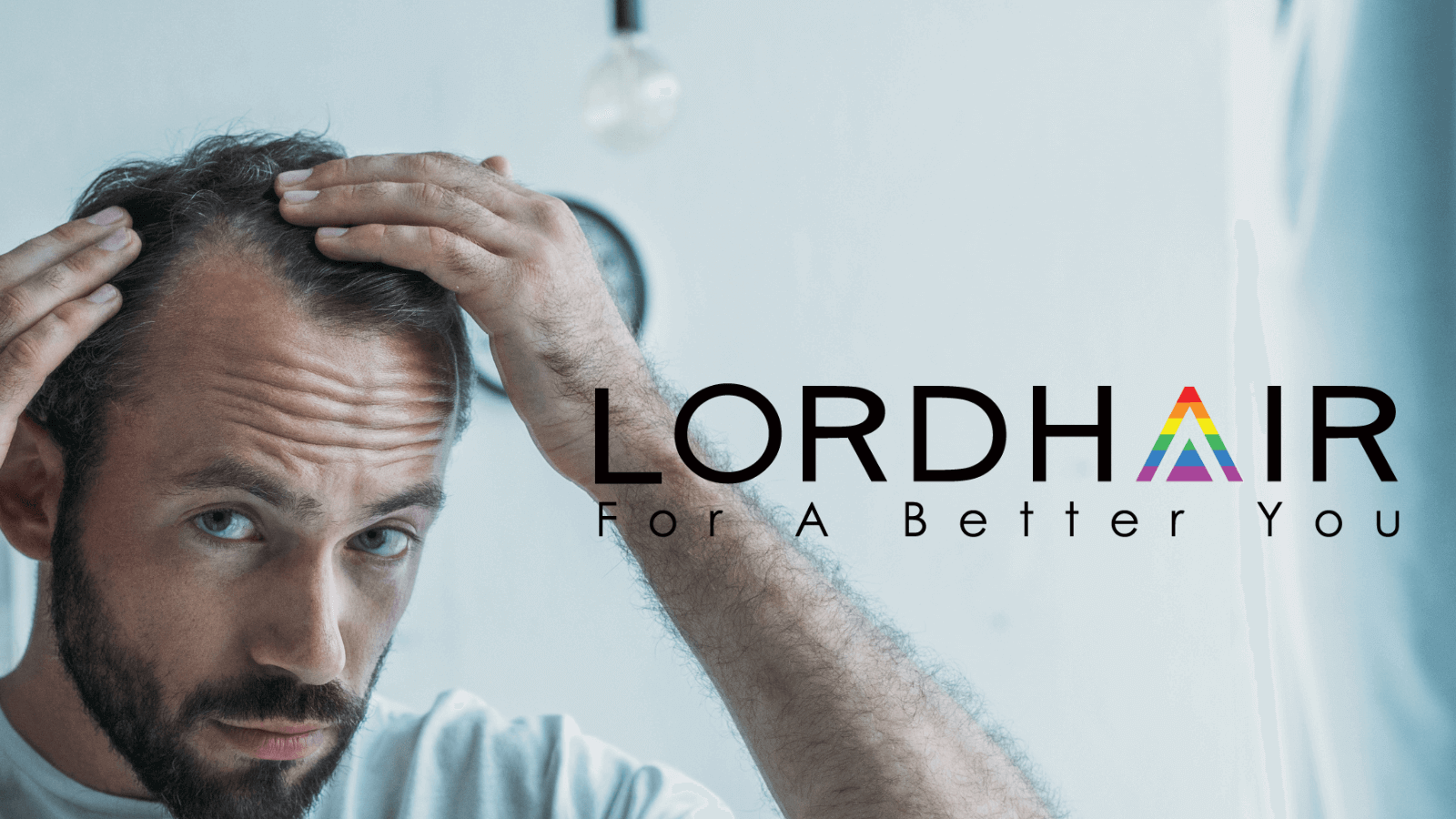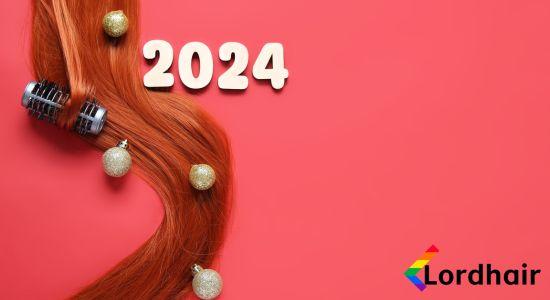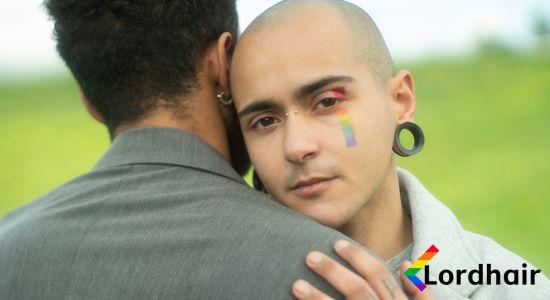
For most of mankind's history, the only way to tackle hair loss was to cover it up. Hats have always been an important part of our sartorial ensemble, a practical solution to fashion, warmth and, indeed, a way of hiding a receding hairline. Wigs have also been worn since ancient times but these had less to do with vanity and more to do with practicality. In the hot countries around the Mediterranean, in cultures such as the ancient Egyptians, Phoenicians and Assyrians, they were often worn as protection from the sun or as a symbol of office. As late as the Victorian era, many people were still shaving their heads and opting for a wig as a way of combating lice.
With the development of modern synthetic materials in the 20th century, wigs really took off, with many men also opting for a hairpiece or men's toupee to help restore their hair. Today, complete hair restoration treatments are available, stimulating and replacing the growth of waning hair, an option that public figures from Elon Musk to John Travolta to Wayne Rooney have opted for.
There is an inbuilt dilemma for many men in such situations. Some men might feel judged when they start losing their hair, especially if they do so at a young age but also feel that they might be equally shamed for opting for, what might be seen by some as self-centred and un-masculine solutions.
For women, such procedures are less common, although they can be used to combat hair loss through conditions such as alopecia and stress-related disorders and even more mundane situations. Both Kiera Knightly and Naomi Campbell have spoken about hair loss brought about through too frequent dying of her hair, in the case of the former, and an over-reliance on hair extensions in the case of the latter. Although both have been lucky enough to have dealt with the situation through natural hair health regimes.
But with all these options now available at costs that make such treatments, procedures and products available to everyone, why is there still such a stigma around them? And why more so for men than women? I guess, as men, we are not supposed to be so interested in the way we look. But why not? We have laser eye treatment, we go to the gym, we like to look sharp in public, isn't our hair just an extension (pardon the pun) of that? Things are changing, albeit slowly and the idea of a man being more concerned about their appearance, moisturising, having pedicures…being metrosexual, as the term now is, is becoming normalised.
It may have something to do with the procedures of the past. Before they became so sophisticated, it was obvious if someone had had such work done and again, that often led to judgement and ridicule. But treatments are so much more advanced now and the results are so much better.
Things are slightly easier for women. Wigs and their modern development of hair weave systems and extensions have, for women at least, always been seen as something related to fashion rather than vanity and music artists such as Lady Gaga and Sia have taken these to new heights.
But if it is okay for celebrities to have the freedom to express themselves and explore options for their hair why shouldn't the rest of us? Whether for purely practical terms or in the name of fashion, as a way of increasing our confidence or as an act of vanity, man or women, young or old should embrace everything available to them, look how they want to look. In short, be yourselves. Is there any other way to live your life?
 Listen to the full text
Listen to the full text

